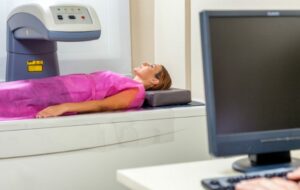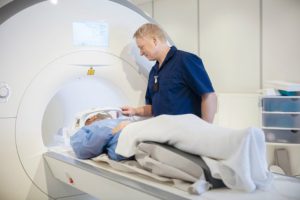SERVICES
X-ray Screening
Screening x-ray uses x-rays to capture moving images of internal organ.

Patient Guide
How to prepare for your test
Our compassionate, patient-centred approach is designed to put you at ease and provide a comfortable, safe environment.
Some tests require fasting or preparation. Our friendly staff will advise this at the time of booking by phone. However, if booking online, we recommend calling or visiting your practice to find out if there are any test preparation instructions.
What to expect during your x-ray screening
Before your appointment
- Once you arrive for your appointment, our team will guide you on what to expect. Our practices have private changing rooms if needed, as you may be asked to remove clothing or jewellery items if they’re close to the area being examined.
Receiving a pre-test contrast substance
- Depending on the test type, you may be asked to take a contrast substance, which highlights the area under examination.
- The contrast substance may be given via swallowing, enema, catheter or an injection, usually into the hand, arm, or joint.
During the test
- If the test requires you to swallow a liquid, you’ll be asked to take a mouthful and hold it in your mouth until the radiographer or radiologist asks you to swallow.
- Depending on the test, you may be asked to move into different positions, move a particular body part, or hold your breath for a short time.
How long will it take?
Our reception staff can give you an approximate time for the test when you speak with them. Test times depend on
- the type of test you’re having
- the area of the body being looked at and/or treated.
Our x-ray screening locations
OUR INSIGHTS
Read our articles and FAQs
We’re delighted to provide updates on the latest medical imaging technology and answer your most frequently asked questions about our services.









